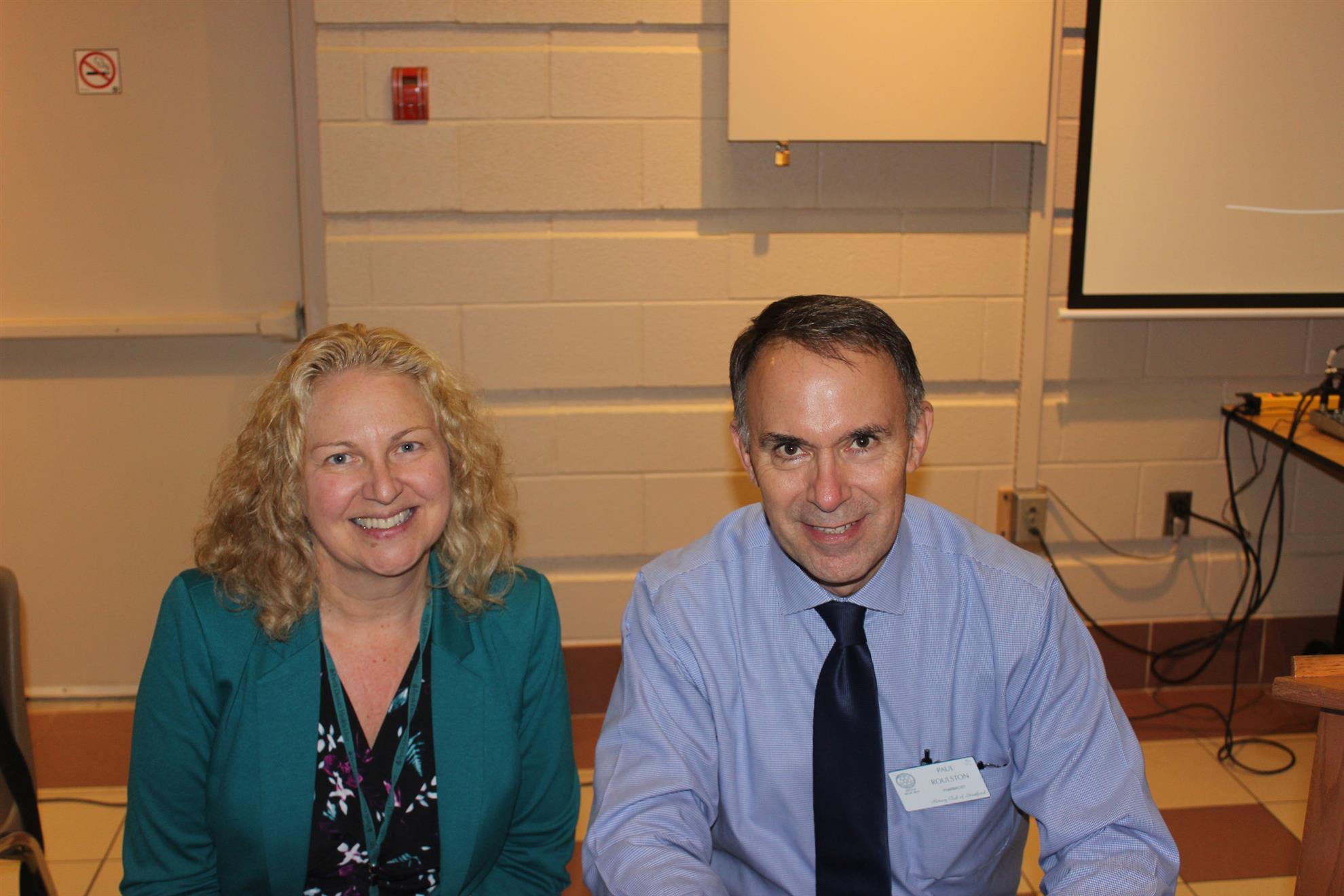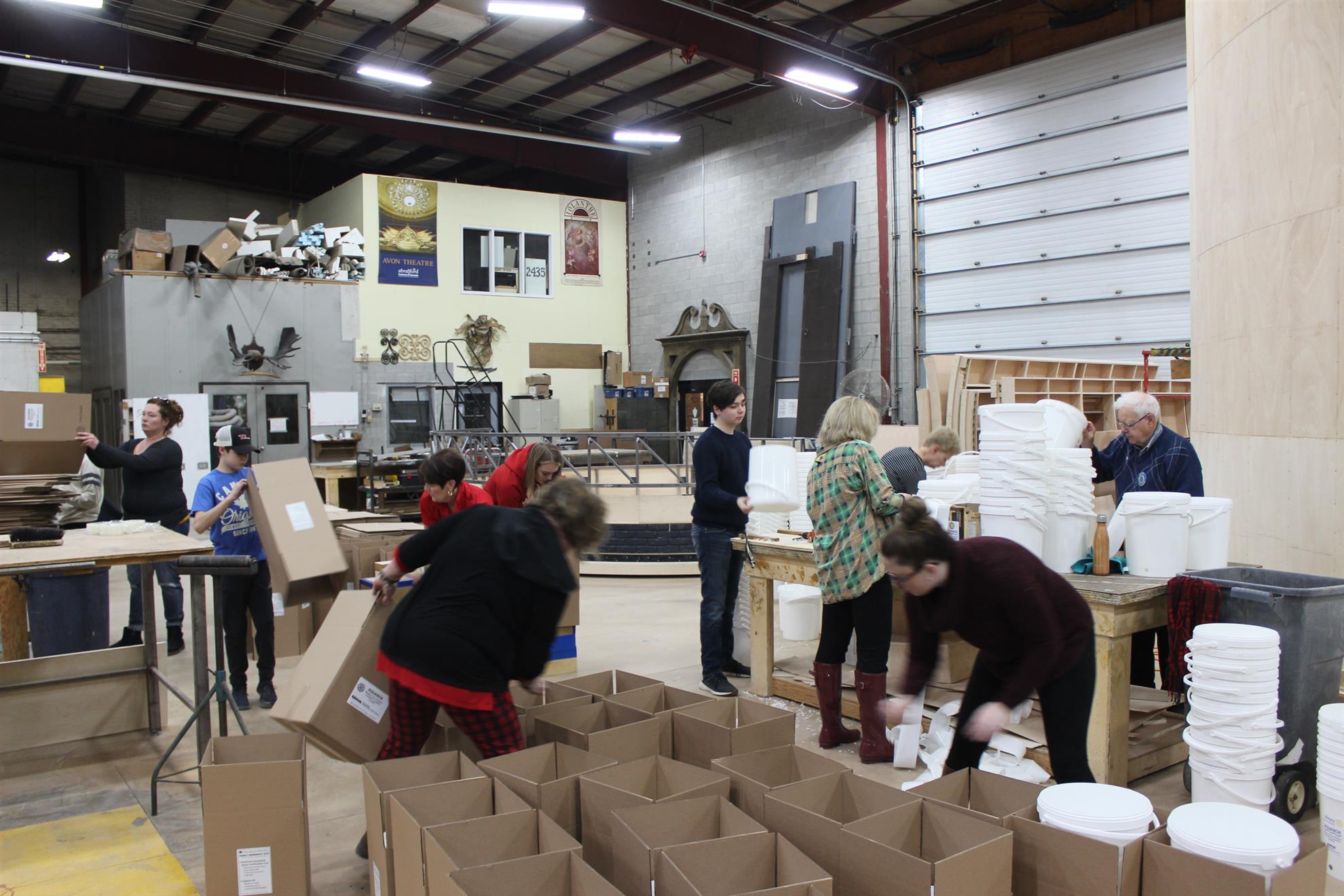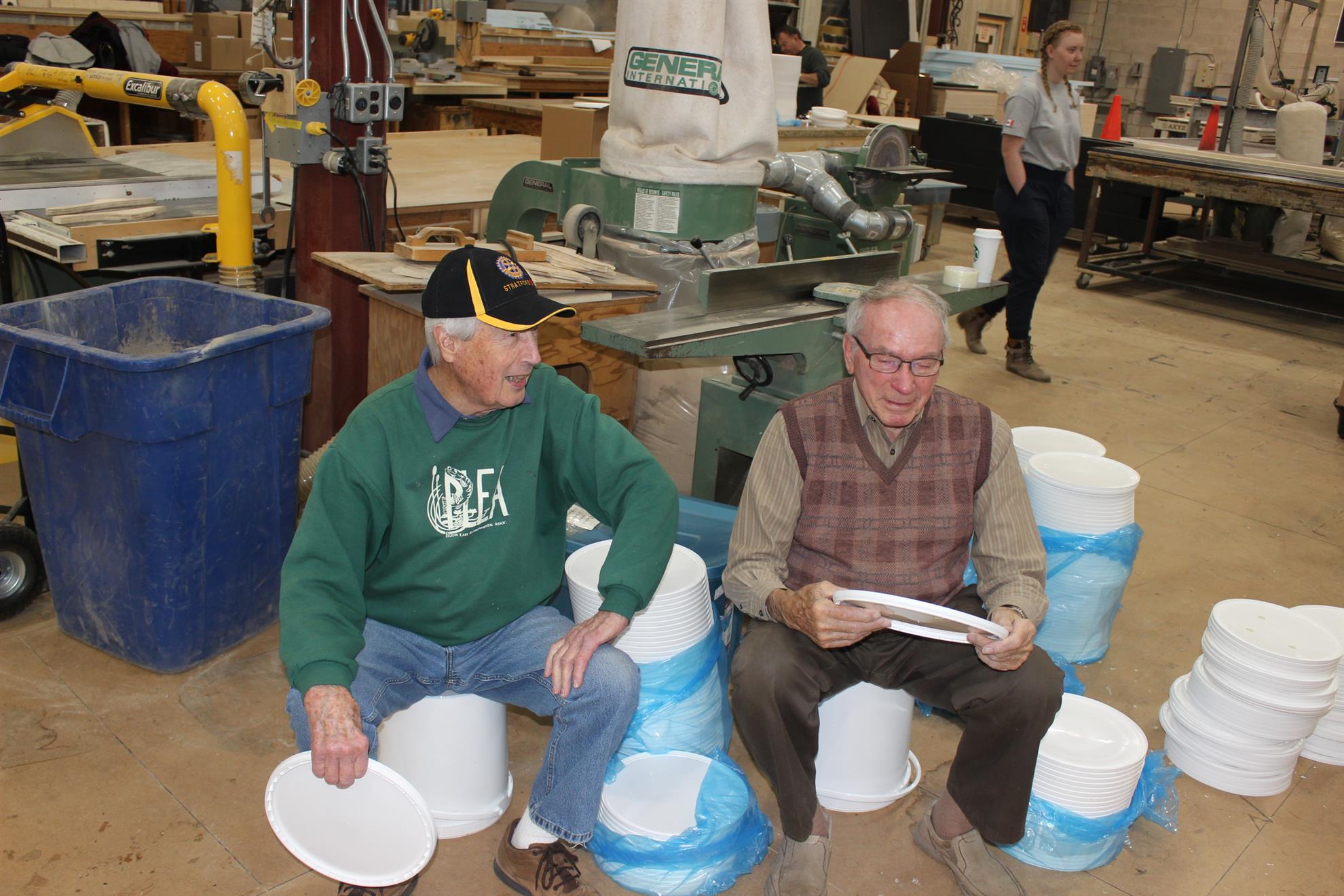December 6, 2018: Nancy Farr, “Rotary Respite House Annual Update”, Nick Aroutzidis will introduce, and Peter Roach will thank our speaker.
Head Table: Our President Paul Roulston, invites, Nick Aroutzidis, Clark Mitchell, Steve Monteith, Gary Morris, Mike Neilson, and Ken Nesbitt, to join him at the head table.
Today at Rotary: Doug Thomson welcomed Dr. Miriam Klassen, Medical Officer of Health and CEO for the Perth District Health Unit. At the end of WW II, Dr. Klassen’s parents emigrated from Russia to Paraguay, where Miriam was born, and then to Canada. Dr. Klassen practiced family medicine in Ontario for over a decade, before joining PDHU in 2008. She is currently working on amalgamation with the Huron County Health Unit targeted for 2020.

Guess speaker Dr Miriam Klassen Medical Officer of Health for Perth County talking on Marijuana use and their approach in Perth County.
Dr. Klassen began her discussion of Cannabis by clarifying frequently used terms. “Substance use” refers to the ingestion or administration of anything that is not food. This includes both legal and illegal drugs. “Abuse” or “misuse” occurs when use incurs risk to the user. “Addiction” is the obsessive use of a substance despite its adverse effects, while “dependence” indicates that the user’s body has adapted to rely on intake of the substance. (One who has become dependent on the daily intake of caffeine in coffee, experiences physical effects in its absence, but is not addicted.) For all substances there is a hierarchy of behaviour from abstinence (most beneficial), to non-problematic use, to problematic use, to abuse and addiction.
Use of cannabis is not new. There is evidence for its use for religious and medicinal purposes since the sixth century B.C. Inevitably, use leads to misuse. In 2014, the total cost of substance use in Canada was $38.4 billion, including lost productivity, heath care costs and costs within the criminal justice system. Alcohol and tobacco accounted for 70% of those costs, opioids 9% and cannabis 7.3%. Harm reduction, using evidence-based public health information is most effective strategy to combat substance use. This strategy is use tolerant and aims to reduce the stigma around substance use in order to mitigate damage. Evidence has shown that prohibition does not work. Instead, institution of education programs, like “Smart Serve” for alcohol, increases awareness of the risks and reduces harm for users.
Cannabis, aka marijuana, weed etc. is a complex substance containing hundreds of chemicals. The two main components are THC (tetrahydrocannabinol) and cannabidiol. Typically, THC induces a pleasant relaxed feeling of euphoria; cannabidiol has little or no psychoactive effect and is used primarily for pain relief. Cannabis products vary in the relative concentrations of each, and the cannabis found on the street today is very much more potent than it was 30 years ago. There are also illicit synthetic substances that mimic THC (eg. spice, K2) that pose severe health risks.
Before legalization, Canada had one of the highest cannabis use rates in the world. It was the most used illicit drug in the country. More than 40% of Canadians admitted using cannabis in their lifetime, 15% had used in the past 12 months, most at a low rate. A 2018 survey of adults 18 and older revealed that the most socially acceptable drugs were alcohol, then tobacco, then cannabis. Most started cannabis use at 18 or 19. Eighty nine percent smoked, 42% consumed in food, 24% used vaporizers. Among users, only 61% thought use affected driving and 42% admitted to driving within two hours of consumption. In 2013, UNICEF ranked Canada #1 among 29 nations surveyed for cannabis use in youth. In contrast we were 27th in tobacco use, which demonstrates that education and legal regulation are a more effective deterrent than criminalization. In countries and US states where cannabis is legal, and information is readily available, use in youth consistently decreased after decriminalization. Among high school aged children use was reduced at least 30% for all forms of consumption. What we know for certain is that “fear tactics” do not work, but honest credible information has an impact.
Most people experience no serious impact from cannabis use. However, in a small proportion the consequences are serious, ranging from memory loss, attention deficit and diminished performance to severe psychosis. Effects on the brain are reversible in adults but may be permanent in adolescents under 25, whose brains are still developing. Harmful effects also include vehicular accidents, respiratory disease in smokers, and mental illness in those with a family history or other predisposition. Use is unsafe in pregnancy.
Prior to legalization 60,000 Canadians were arrested annually for substance abuse with indigenous communities disproportionally represented. Sixteen percent of those arrested started various substances using as teens. Even so, cannabis use accounted for less than 10% of substance abuse problems, far behind alcohol and tobacco. Studies in Colorado following legalization in 2014, found no change in cannabis use in teens but an increase in older adults, primarily in consumption of edibles. This resulted in more emergency “poisonings” from overconsumption. However, the rate of calls was still less than 5% of those for alcohol overconsumption.
The public health approach to legalization targets harm reduction and health protection through education and research. It is also important to counter anything that promotes use of the substance. The harm resulting from tobacco and alcohol advertising is well documented. The Centre for Mental Health and Addiction has developed 10 principles for health focussed cannabis control. These are available on the CAMH website. There are four prohibitions: abstain from use if you are operating a motor vehicle, pregnant, have a history of psychosis or family history of mental health problems. More information is available on the PDHU website.
Deputy Chief Foster and Sergeant Burrows of Stratford Police Services joined Dr. Klassen for a question and answer session. In summary, rules for cannabis consumption in public mirror those for tobacco consumption. Each household can cultivate four plants for personal use; the amount of dried product per household is not limited. A person can hold up to 30 gm. outside the home. Driving while impaired is assessed by standardized coordination testing as for alcohol and other drugs with follow up saliva, blood or urine test. Roadside tests are in development. Cannabis use by other occupants in a car is prohibited. Second hand smoke may cause impairment. As for alcohol, clearance of cannabis from the body varies by individual and there is no established safe time to drive after use. Impairment can persist for as long as 24 hours after cannabis use. Unlike some other Ontario municipalities Stratford Police have not set specific withdrawal times for their officers with respect to cannabis or alcohol use, instead officers must report ‘fit for duty’.
Al Wakelin thanked our speaker and the police for the excellent and informative presentation and their candid responses to questions.
Scribe: Pat Shewen
Rotary Announcements
- The Rotary Club of Stratford will have a booth at the 2018 Pathways Career and Information Fair at the Rotary Complex. This is an opportunity to showcase our organization and connect with students and diverse talent in our community. We are in need of volunteers from 1:30-3:00 and from 6:00-7:00. If interested, please reply to Montana Wilson.
- Thank you to all who participated in the Aquabox Build on November 24th. We were able to assemble 500 units in 90 minutes.
- As part of our regular meeting on December 13th we will hold the Annual Meetings of the Rotary Club of Stratford and The Rotary Club of Stratford Charitable Foundation. Notice of the Meetings has been circulated via email from Mimi Price. Attached to this email are Agendas, Year-end financial Statements, and proposed By-Laws for the Foundation to be considered at the meeting. Please plan to attend. There will be the opportunity to vote electronically also.
Pictures of Aquabox built Nov 24



Guests: Today we welcomed: Randy Munnings, Bill Helmuth – Stratford, Kate Sherrer – St Mikes, Stratford, Owen Corbett– St Mikes, Stratford, Sam Reidy– St Mikes, Stratford, Leanna Joaquin – Georgetown, Guyana, Friday Eicpe - Hilltop, Nigeria, Sara Brown – Stratford, Edward Cundall – Nancy Campbell School, Stratford, Nivia Dyal– Nancy Campbell School, Stratford, Jasmine Rodriguez – Belize, Hopkins

Interact students attending the meeting.
Draw: Two Draw donated by Roger Black and Patti Riehl, and won by Jim Snyder and Philip Schroeder.
Make-ups: No report.
December’s Attendance Committee: Ollie Henry (I/C), Basil Hurst, John Kechnie, Mike Nielsen, Fritz Steigmeier, Brent Shackleton, Guy Bellehumeur, Montana Wilson, Geza Wordofa.



